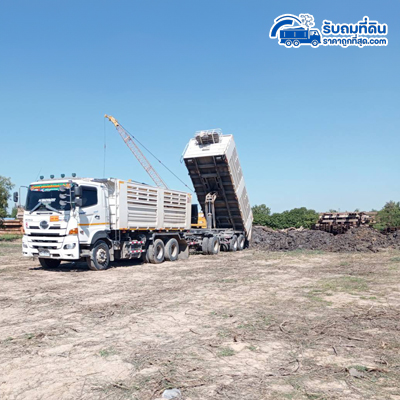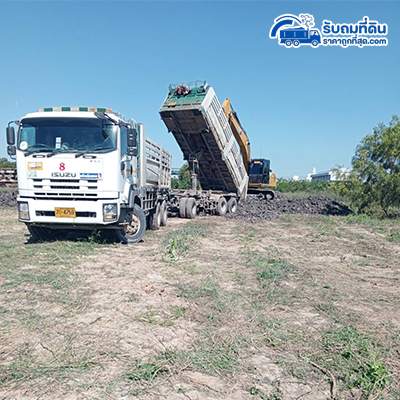Precision Land Filling: The Key to Strong Foundations
Precision Land Filling: The Key to Strong Foundations
Blog Article
Land filling is a crucial service for landscaping, construction, and land development. If you're planning a land for building, improving the appearance of a landscape, or addressing environmental concerns land filling is crucial roles. This article gives a brief overview of Land Filling Service (รับถมที่ดิน), their significance, process, and the advantages they bring.

What is Land Filling?
Landfilling involves the addition of substances like soil and sand or other aggregates, to the land in order to change its elevation, shape, or composition. This type of service is usually required for various landscaping and construction projects. It is vital to provide solid foundations for roads, buildings, and other structures, and also for leveling uneven terrain and improving drainage.
Types of Land Filling
Construction Land Filling: This type involves preparing a site for construction by filling the low-lying areas with soil or other substances. This ensures that the ground is stable as well as level. This is essential for the security of any structure constructed on it. Land filling for construction is usually performed in stages, starting with rough grading following by fine-grading in order to attain an elevation desired.
Environmental Landfilling in this sense the land filling process is utilized for projects to improve the environmental that include reclaiming abandoned mines, rehabilitating wetlands, or creating green spaces. The materials used in the process of environmental land filling are usually carefully chosen to encourage vegetation growth and assure the sustainability of the project.
Landfilling Land Filling: This is the removal of non-hazardous waste materials at specified landfills. Although it is usually connected to disposal of waste, it can also be a part of services for land filling in broad terms. Landfilling for waste requires careful planning and adherence to environmental regulations to prevent contamination and ensure long-term safety.
The Process of Land Filling
The land filling process typically starts with a thorough evaluation of the land. This may include soil testing, topographic surveys, and an evaluation of environmental and drainage impacts. After the site has been evaluated and the materials selected are according to the requirements of the project.
The next step is to have the land prepared by clearing debris as well as leveling uneven ground and then compacting the soil. The fill material chosen is then spread across the entire site in layers, each of which is consolidated to ensure stability. The process can involve heavy machinery like excavators, bulldozers, and rollers.
Benefits of Land Filling Services
Increased Stability: Landfilling provides a solid and stable foundation that is essential to construction. It guarantees that the ground can support the structure's weight, thus avoiding issues like subsidence.
Improved Drainage: Through altering the land's topography and filling it with water, you can improve drainage, reducing the risk of flooding and water damage.
Environmental Restoration: Land filling can assist in the restoration of ecosystems damaged by destruction, restore wastelands, and promote sustainable land use.
Greater Usability: Filling in the gaps or areas that are uneven can make land more accessible and allows construction as well as agriculture or recreational development.

Conclusion
Land filling is an important service that is required in a variety of industries from construction to environmental conservation. It is a way to ensure the stability of structures, enhances the usability of land and helps in the restoration of the environment. If done properly it can change landscapes, reduce hazards, and help promote sustainable development.
Report this page